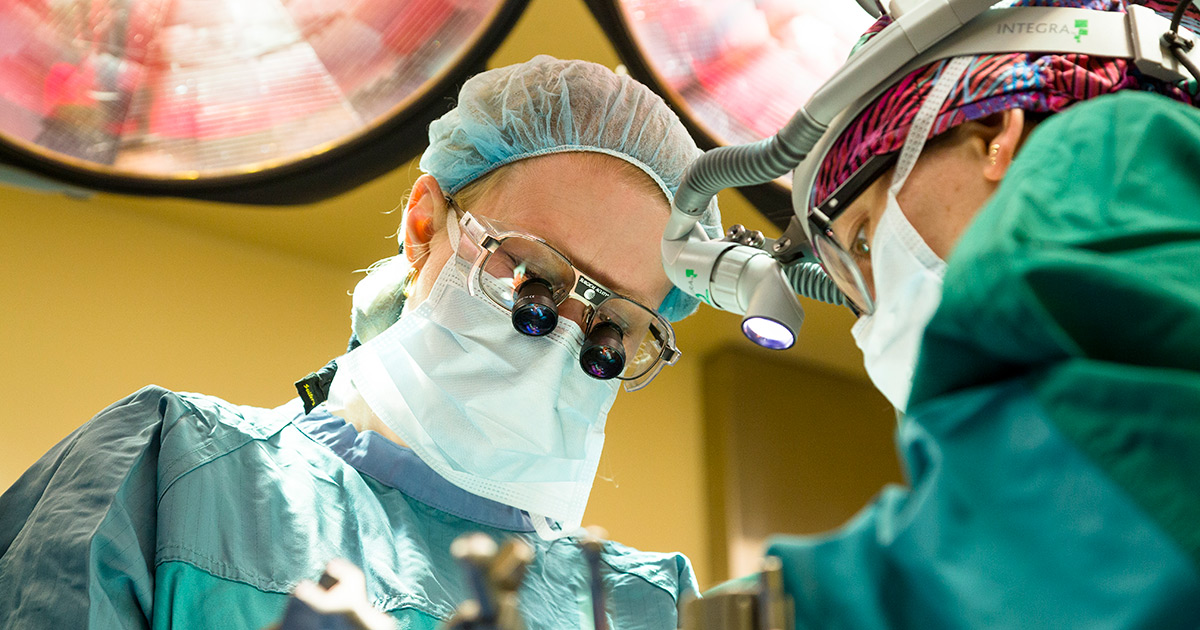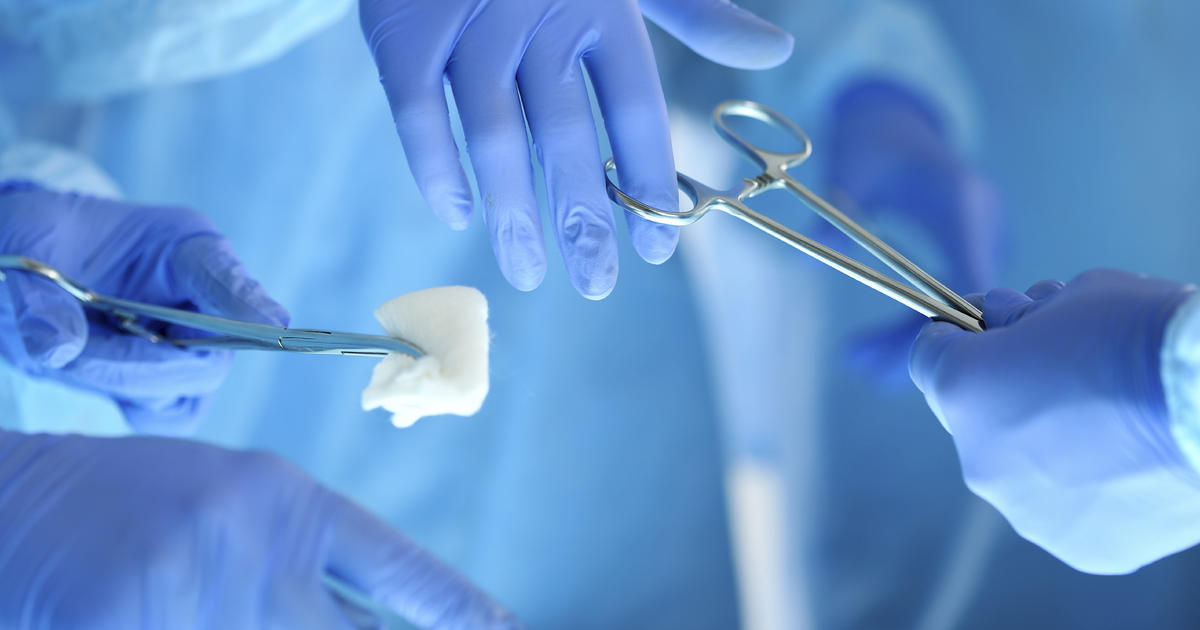Strategies For Treating Hypoplastic Left Heart Syndrome
Norwood Procedure

The Norwood procedure is normally the first surgery in a series of three operations children with hypoplastic left heart syndrome will need. It is generally carried out within the first two weeks of a child's life. This complex operation involves creating a new aorta connected to the heart's right ventricle.
During the Norwood procedure, surgeons run a tube from the aorta or from the right ventricle. This tube is connected to the pulmonary arteries (vessels supplying blood to the lungs). This process enables the right ventricle to pump blood to the lungs and to the entire body. While this surgery improves blood flow, babies who have the operation may still have a bluish color to their skin after the procedure. This is due to the fact the highly oxygenated blood still mixes with poorly oxygenated blood within the heart.
Fontan Procedure

The Fontan procedure is typically the last in the series of operations used to treat hypoplastic left heart syndrome. Generally, it is performed on infants and children between eighteen months and three years old. Before the procedure, the child will have a heart catheterization performed. In the procedure itself, specialists connect the inferior vena cava, a vessel that transports blood from the lower body back to the heart, with the pulmonary artery. This connection allows significantly more blood to be transported to the lungs.
As a result, poorly oxygenated and highly oxygenated blood are no longer mixed together in the heart. After the procedure, many babies regain a normal skin color and no longer have a bluish tinge. Some children may require a follow-up catheterization procedure in the six to twelve months following the Fontan procedure.
